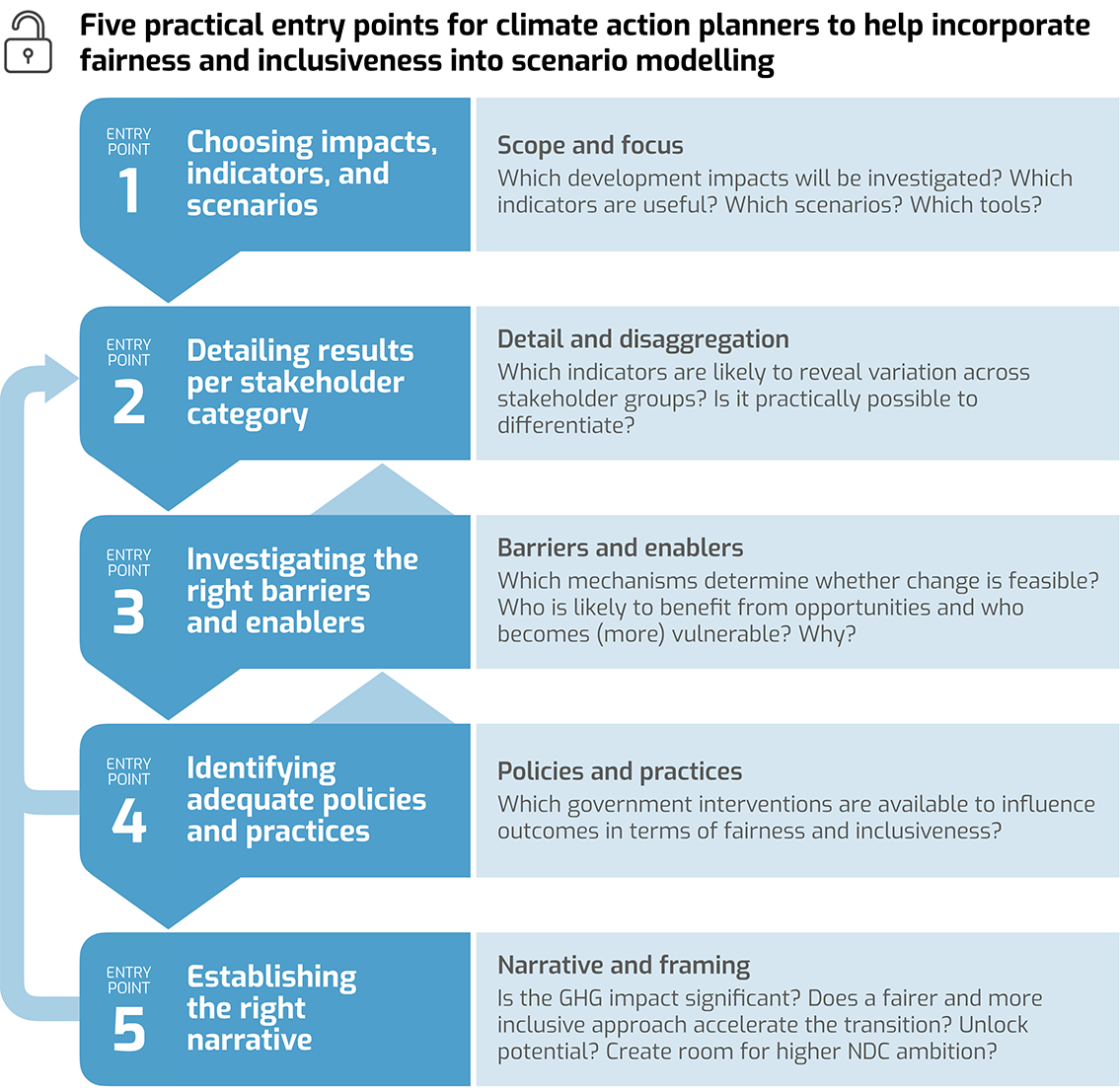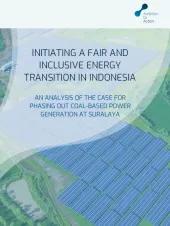How to use benefits analysis to make climate ambition and action fairer and more inclusive
This paper presents a practical approach that allows analysts to incorporate the notions of fairness and inclusiveness into their decarbonisation strategies and climate action plans.
Main findings:
The world will need to end the use of fossil fuels by the middle of the 21st century in order curb global warming. The rapid clean energy transition that is needed to accomplish that, will have profound impacts on our social and economic activities. The speed and scope of change inevitably creates (and sustains) winners and losers on different aspects of the transition. Choices made by private and public actors can significantly impact energy security and other sustainable development objectives such as health, employment, industry and business opportunities, and the protection of ecosystems and biodiversity.
In light of this, it is critical to keep an eye on fairness and inclusiveness. While using models and tools can often give a good sense of the scale and direction of net impacts from transitioning energy systems, the real challenge is to unpack aggregate results and reveal which stakeholder groups stand to benefit, which may not, and who (disproportionately) bears the costs. To deliver the transition in a manner, that is sustainable and receives broad political and social buy-in, decision-makers will need to understand how different approaches and mechanisms can optimize fairness and inclusiveness.
This paper presents a practical approach that allows analysts to incorporate the notions of fairness and inclusiveness into their decarbonization strategies and climate action plans. Covering different steps in the analytical process, we offer five concrete entry points for breaking down the assessment of benefits and trade-offs. 
Figure 1: Five practical entry points for climate action planners to help incorporate fairness and inclusiveness into scenario modelling.
The approach can be used to identify where current outcomes of the transition are not ideal, which policies and practices are available to facilitate positive change, and where the largest gains towards accelerating a fair and inclusive transition can be expected.
The starting point of the clean energy transition, the current energy system, is not necessarily fair and inclusive to begin with. The approach presented here is not only useful for efforts to avoid new injustices, but also in highlighting situations where the transition can present an opportunity to alleviate existing injustices.
In the context of greenhouse gas mitigation, a more granular analysis of the wider socioeconomic implications can reveal where high-impact actions are possible, and where climate ambition can be raised. Understanding who is empowered and joins the transition, and who is vulnerable, and risks being left behind, will be crucial to developing successful long-term strategies and ambitious updates to national climate targets.



